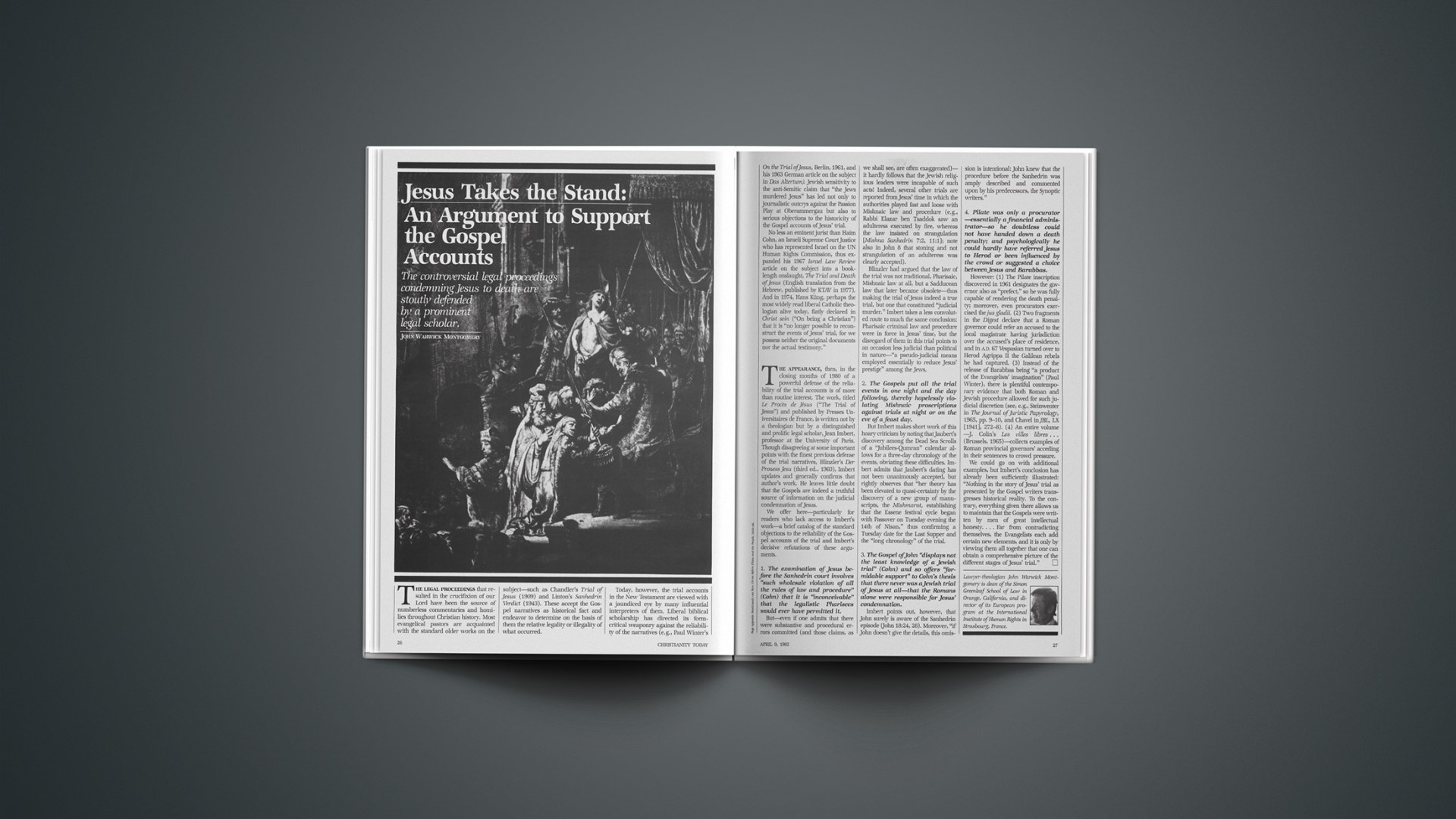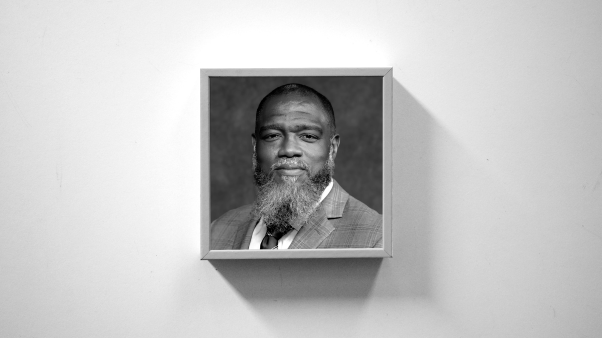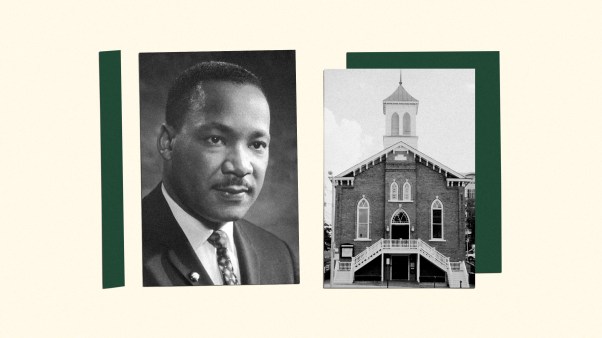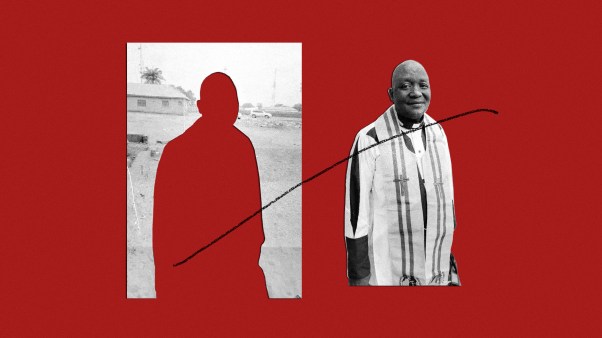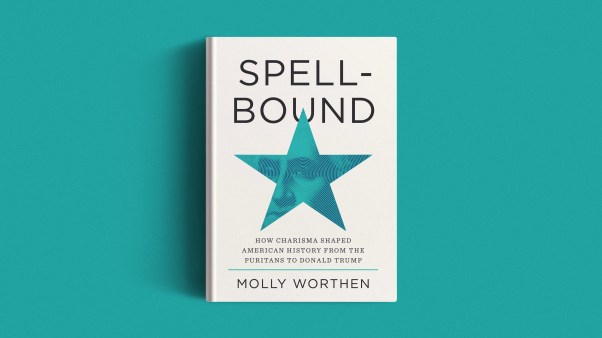The controversial legal proceedings condemning Jesus to death are stoutly defended by a prominent legal scholar.
The legal proceedings that resulted in the crucifixion of our Lord have been the source of numberless commentaries and homilies throughout Christian history. Most evangelical pastors are acquainted with the standard older works on the subject—such as Chandler’s Trial of Jesus (1909) and Linton’s Sanhedrin Verdict (1943). These accept the Gospel narratives as historical fact and endeavor to determine on the basis of them the relative legality or illegality of what occurred.
Today, however, the trial accounts in the New Testament are viewed with a jaundiced eye by many influential interpreters of them. Liberal biblical scholarship has directed its form-critical weaponry against the reliability of the narratives (e.g., Paul Winter’s On the Trial of Jesus, Berlin, 1961, and his 1963 German article on the subject in Das Altertum). Jewish sensitivity to the anti-Semitic claim that “the Jews murdered Jesus” has led not only to journalistic outcrys against the Passion Play at Oberammergau but also to serious objections to the historicity of the Gospel accounts of Jesus’ trial.
No less an eminent jurist than Haim Cohn, an Israeli Supreme Court Justice who has represented Israel on the UN Human Rights Commission, thus expanded his 1967 Israel Law Review article on the subject into a book-length onslaught, The Trial and Death of Jesus (English translation from the Hebrew, published by KTAV in 1977). And in 1974, Hans Küng, perhaps the most widely read liberal Catholic theologian alive today, flatly declared in Christ sein (“On being a Christian”) that it is “no longer possible to reconstruct the events of Jesus’ trial, for we possess neither the original documents nor the actual testimony.”
The appearance, then, in the closing months of 1980 of a powerful defense of the reliability of the trial accounts is of more than routine interest. The work, titled Le Procès de Jésus (“The Trial of Jesus”) and published by Presses Universitaires de France, is written not by a theologian but by a distinguished and prolific legal scholar, Jean Imbert, professor at the University of Paris. Though disagreeing at some important points with the finest previous defense of the trial narratives, Blinzler’s Der Prozess Jesu (third ed., 1960), Imbert updates and generally confirms that author’s work. He leaves little doubt that the Gospels are indeed a truthful source of information on the judicial condemnation of Jesus.
We offer here—particularly for readers who lack access to Imbert’s work—a brief catalog of the standard objections to the reliability of the Gospel accounts of the trial and Imbert’s decisive refutations of these arguments.
1. The examination of Jesus before the Sanhedrin court involves “such wholesale violation of all the rules of law and procedure” (Cohn) that it is “inconceivable” that the legalistic Pharisees would ever have permitted it.
But—even if one admits that there were substantive and procedural errors committed (and those claims, as we shall see, are often exaggerated)—it hardly follows that the Jewish religious leaders were incapable of such acts! Indeed, several other trials are reported from Jesus’ time in which the authorities played fast and loose with Mishnaic law and procedure (e.g., Rabbi Elazar ben Tsaddok saw an adulteress executed by fire, whereas the law insisted on strangulation [Mishna Sanhedrin 7:2, 11:1]; note also in John 8 that stoning and not strangulation of an adulteress was clearly accepted).
Blinzler had argued that the law of the trial was not traditional, Pharisaic, Mishnaic law at all, but a Sadducean law that later became obsolete—thus making the trial of Jesus indeed a true trial, but one that constituted “judicial murder.” Imbert takes a less convoluted route to much the same conclusion: Pharisaic criminal law and procedure were in force in Jesus’ time, but the disregard of them in this trial points to an occasion less judicial than political in nature—“a pseudo-judicial means employed essentially to reduce Jesus’ prestige” among the Jews.
2. The Gospels put all the trial events in one night and the day following, thereby hopelessly violating Mishnaic proscriptions against trials at night or on the eve of a feast day.
But Imbert makes short work of this hoary criticism by noting that Jaubert’s discovery among the Dead Sea Scrolls of a “Jubilees-Qumran” calendar allows for a three-day chronology of the events, obviating these difficulties. Imbert admits that Jaubert’s dating has not been unanimously accepted, but rightly observes that “her theory has been elevated to quasi-certainty by the discovery of a new group of manuscripts, the Mishmarot, establishing that the Essene festival cycle began with Passover on Tuesday evening the 14th of Nisan,” thus confirming a Tuesday date for the Last Supper and the “long chronology” of the trial.
3. The Gospel of John “displays not the least knowledge of a Jewish trial” (Cohn) and so offers “formidable support” to Cohn’s thesis that there never was a Jewish trial of Jesus at all—that the Romans alone were responsible for Jesus’ condemnation.
Imbert points out, however, that John surely is aware of the Sanhedrin episode (John 18:24, 28). Moreover, “if John doesn’t give the details, this omission is intentional: John knew that the procedure before the Sanhedrin was amply described and commented upon by his predecessors, the Synoptic writers.”
4. Pilate was only a procurator—essentially a financial administrator—so he doubtless could not have handed down a death penalty; and psychologically he could hardly have referred Jesus to Herod or been influenced by the crowd or suggested a choice between Jesus and Barabbas.
However: (1) The Pilate inscription discovered in 1961 designates the governor also as “prefect,” so he was fully capable of rendering the death penalty; moreover, even procurators exercised the jus gladii. (2) Two fragments in the Digest declare that a Roman governor could refer an accused to the local magistrate having jurisdiction over the accused’s place of residence, and in A.D. 67 Vespasian turned over to Herod Agrippa II the Galilean rebels he had captured. (3) Instead of the release of Barabbas being “a product of the Evangelists’ imagination” (Paul Winter), there is plentiful contemporary evidence that both Roman and Jewish procedure allowed for such judicial discretion (see, e.g., Steinwenter in The Journal of Juristic Papyrology, 1965, pp. 9–10, and Chavel in JBL, LX [1941], 272–8). (4) An entire volume—J. Cohn’s Les villes libres … (Brussels, 1965)—collects examples of Roman provincial governors’ acceding in their sentences to crowd pressure.
We could go on with additional examples, but Imbert’s conclusion has already been sufficiently illustrated: “Nothing in the story of Jesus’ trial as presented by the Gospel writers transgresses historical reality. To the contrary, everything given there allows us to maintain that the Gospels were written by men of great intellectual honesty.… Far from contradicting themselves, the Evangelists each add certain new elements, and it is only by viewing them all together that one can obtain a comprehensive picture of the different stages of Jesus’ trial.”
RESURRECTION
“Nor would the thing be so difficult of belief
were we as attentive as we ought to be to the wonders
which meet our eye in every quarter of the world.”
—John Calvin
Yes, every winter death wins out
And turns the woodland stark and still.
(And death seemed victor on that Hill
Where Truth and Love were put to rout.)
But wonder that we know so well—
Magnolia breaking forth in glory!
Why then should we doubt the Story
Mary hurried back to tell?
VERNON GROUNDS
GETHSEMANE
What must they think, to know such quiet sleep,
Who dream below, exhausted? Could they keep
So little love, tonight? Yet I would stay
Alone to face the ebbing of my days.
And shall I know such emptiness, to thirst?
It stirs my heart, for, emptied, from the first
I overflowed. But his assured love
Does yet remain; its insight will not move.
My dreams and hopes seem ashen, and my friends,
Asleep below, unknowing of my ends.
I leave them little, here, dry hopes, no wealth,
And take away the coolness of myself.
And is the cost too great? My quiet youth
Could not escape His love. And still the truth
Of that love stays, for, permanently right,
It offers an eternal landscape, light.
I burn within this dark and quiet night,
In haste to take my leave, for I have sight
Of what this love may gain—and cost—
When sacrificed to Him who seeks the lost.
RICHARD JAMES SHERRY
“Is It I?” MARK 14: 17–21
Christ’s round-table seminar
on sin, with wine
and bread for a snack,
for a moment
strays
From the psalm (was it the fifty-first?) they
are studying together
and gets personal.
Ideas
in the head
are realized
as facts in the heart.
Tympanic questions
percuss
the drumhead table:
Is it I/Is it I/Is it I?
Will I be among the lucky
eleven? Or will
I be the luckless
one.
Will doubt tonight mature in denial?
Will sloth
become a final betrayal?
Will greed break out
and make its grab?
Kyrie eleison. Kyrie eleison.
EUGENE H. PETERSON
The Carpenter’s Work
“Isn’t he the carpenter?” they asked.
And so he was.
As a lad he learned to use
the tools of his trade—
Chisel and hammer and saw.
With wood and nails
he shared his Father’s work
and made a living.
The years passed; he left his shop
to preach and heal.
He furnished people’s lives with
goodness and truth and love,
Until rejected and condemned,
he stretched out his arms on a cross.
With wood and nails
he finished his Father’s work
as they made his dying.
CHARLES E. HUMMEL
Lawyer-theologian John Warwick Montgomery is dean of the Simon Greenleaf School of Law in Orange, California, and director of its European program at the International Institute of Human Rights in Strasbourg, France.

